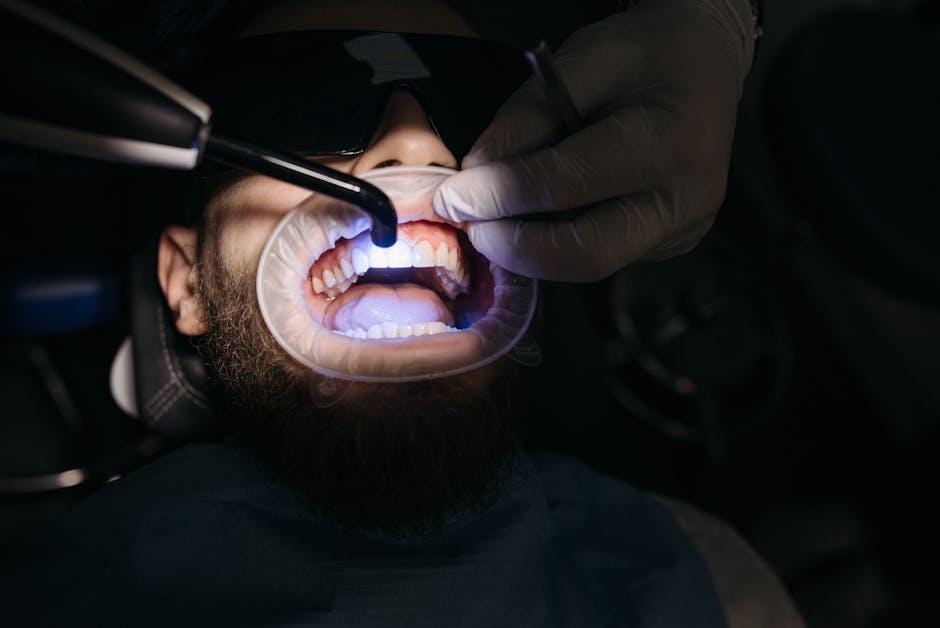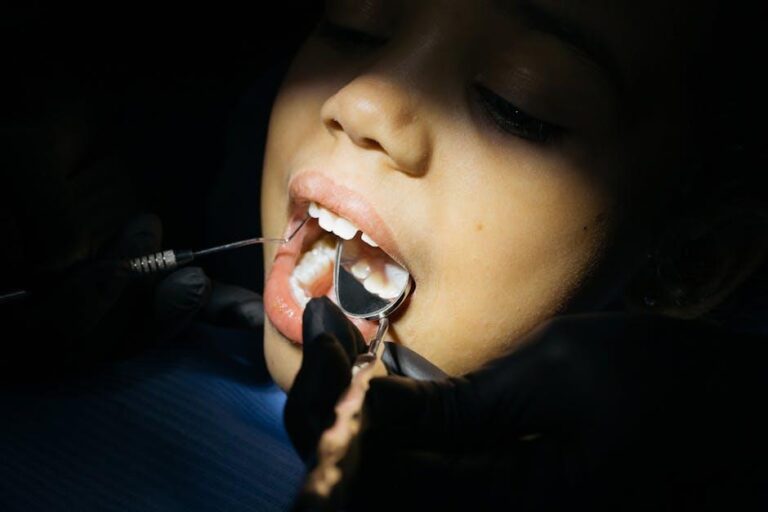
Routine Procedure Turns Fatal: Dentist Sheds Light on Dangers of Tooth Decay and Anesthesia Risks – Spectrum News 1
Dental visits are often perceived as safe, routine, and even reassuring. However, a recent incident reported on Spectrum News 1 has brought an urgent spotlight on the hidden dangers lurking beneath seemingly simple dental procedures. What started as a standard treatment to address tooth decay tragically ended in a fatality—an outcome that underscores the risks of untreated dental conditions and anesthesia in dental care. In this article, we dive deep into the perilous combination of severe tooth decay and anesthesia complications, providing essential insights for patients and caregivers alike.
The Silent Threat: Tooth Decay and Its Dangerous Consequences
Tooth decay, medically known as dental caries, is one of the most common dental ailments worldwide. It begins innocuously as enamel damage but can quickly escalate to severe infections affecting gums, bones, and adjacent tissues.
Why Tooth Decay Can Become Life-Threatening
- Spread of Infection: Untreated cavities can lead to abscess formation. This infection may spread into the bloodstream causing sepsis, a potentially fatal condition.
- Compromised Immune Response: Patients with weakened immune systems due to age or illness are at higher risk of complications.
- Delayed Treatment: Ignoring dental problems or inadequate access to care can turn manageable decay into emergencies.
Anesthesia in Dentistry: Weighing the Risks and Benefits
Anesthesia plays a critical role in modern dental treatments by enabling pain-free interventions. Despite its widespread use, anesthesia carries inherent risks, particularly when used without considering patient health specifics.
Types of Anesthesia Commonly Used in Dentistry
| Anesthesia Type | Description | Common Uses | Potential Risks |
|---|---|---|---|
| Local Anesthesia | Numbs a specific area to block pain | Fillings, extractions, root canals | Allergic reactions, toxicity if overdosed |
| Conscious Sedation | Patient remains awake but relaxed | Lengthy procedures, anxious patients | Respiratory depression, dizziness |
| General Anesthesia | Induces unconsciousness | Complex oral surgeries | Cardiovascular risks, aspiration, rare fatality |
Factors Increasing Anesthesia Risks
- Pre-existing medical conditions: Heart disease, respiratory issues, or allergies.
- Incorrect dosage or administration errors.
- Failure to conduct proper patient assessment.
- Emergency situations requiring rapid anesthesia.
Case Study: When Routine Dental Care Turns Fatal
Recently reported on Spectrum News 1, a patient with advanced tooth decay underwent a seemingly routine tooth extraction under local anesthesia. Unfortunately, post-procedure complications ensued, involving an undiagnosed infection that rapidly progressed to sepsis. Compounded by an adverse reaction to anesthesia, the patient’s condition deteriorated quickly, leading to a tragic fatality.
This sobering case emphasizes the necessity for thorough preoperative evaluation, prompt treatment of infections, and vigilant anesthesia monitoring.
Practical Tips to Stay Safe During Dental Procedures
To minimize risks related to tooth decay and anesthesia during dental visits, consider the following guidelines:
- Maintain Routine Checkups: Early detection of cavities or infections prevents escalation.
- Communicate Medical History: Inform your dentist about all allergies, medications, and health issues.
- Ask About Anesthesia Options: Understand the procedure and anesthesia type planned for your treatment.
- Don’t Delay Treatment: Address dental pain or decay immediately rather than postponing care.
- Ensure Qualified Care: Choose licensed dental professionals with proper anesthesia training.
Benefits of Early Dental Intervention
Proactive dental care not only preserves oral health but also reduces risks associated with anesthesia and infection. Here are key benefits:
| Benefit | Explanation |
|---|---|
| Reduced Infection Risk | Timely treatment limits the spread of harmful bacteria |
| Lower Anesthesia Dosage | Less invasive procedures require minimal anesthesia |
| Faster Recovery | Less trauma to tissues aids quicker healing |
| Cost-Effective Care | Prevention is cheaper than emergency treatments |
Conclusion
While dental procedures are generally safe, the tragic incident highlighted by Spectrum News 1 serves as a powerful reminder of the dangers posed by untreated tooth decay and the careful management anesthesia requires. Awareness, early intervention, and clear communication with your dental care provider are paramount to navigating these risks effectively.
Your oral health directly impacts your overall wellbeing, so never underestimate the importance of timely dental visits and thorough medical disclosures. By staying informed and proactive, you can ensure your dental experiences are safe, comfortable, and life-enhancing.


